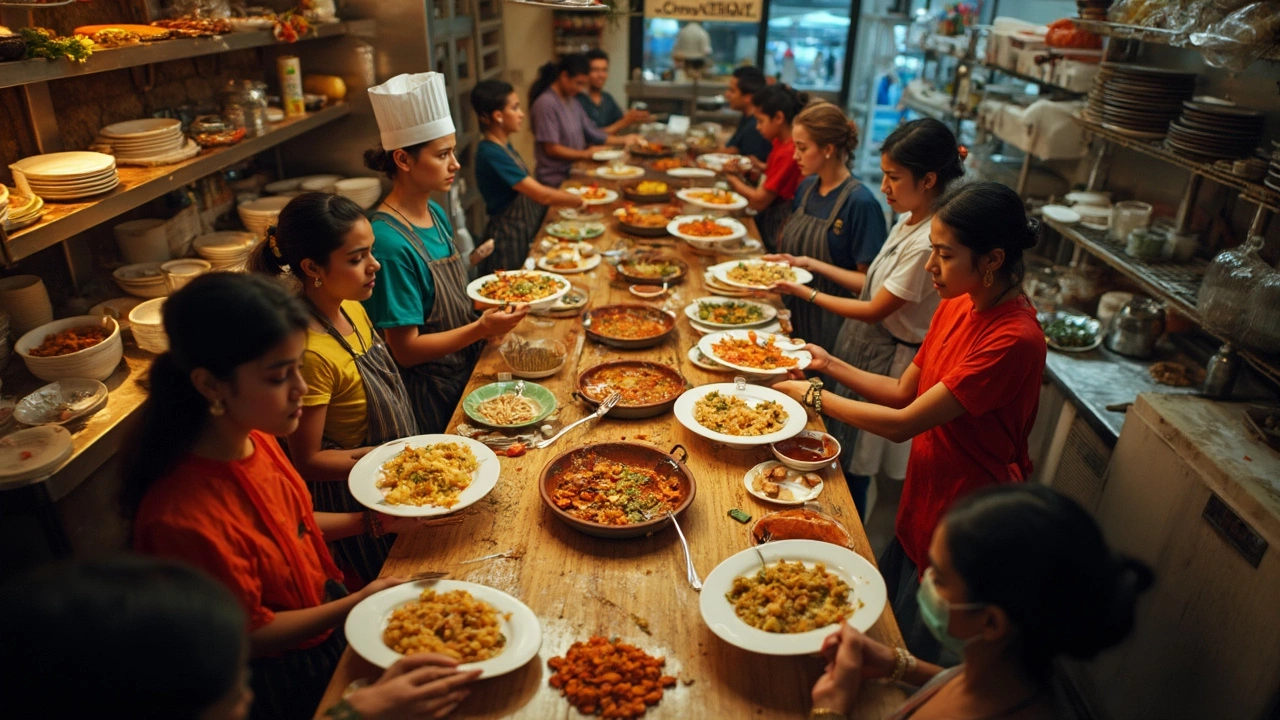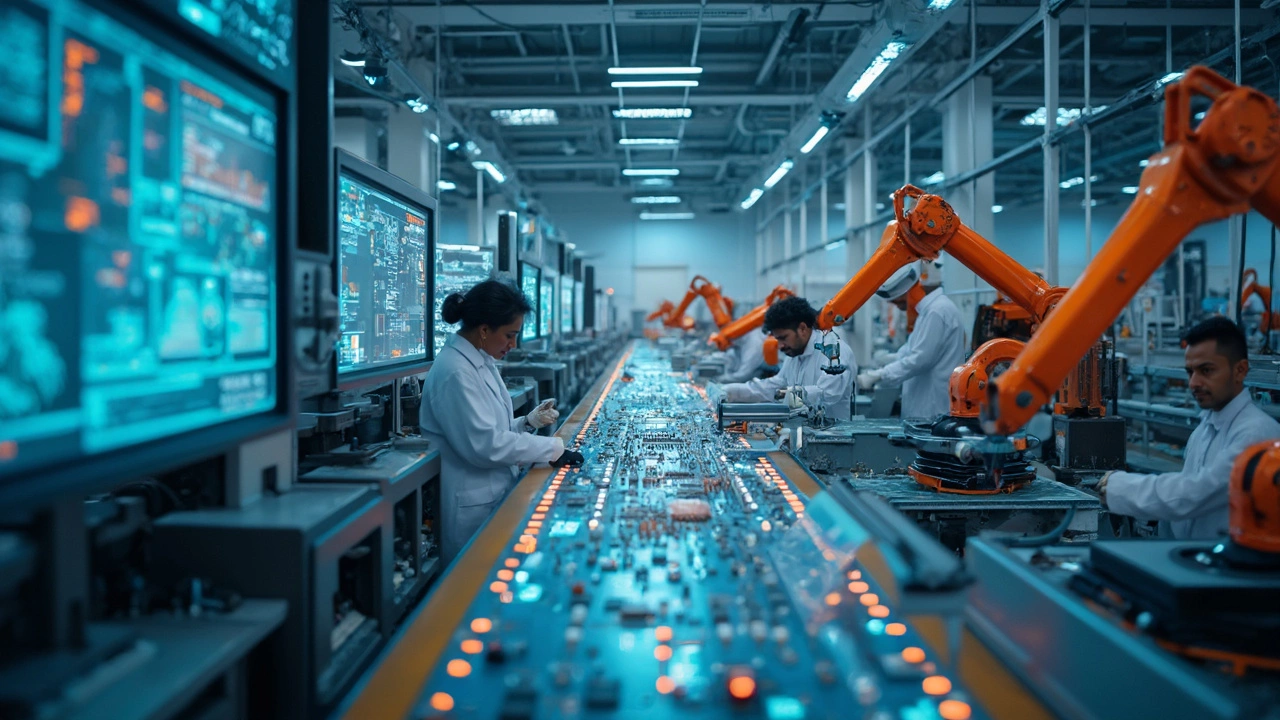Kitchen Efficiency: Boosting Speed, Savings, and Sustainability
When you think about kitchen efficiency, the practice of preparing meals faster, using less energy and creating minimal waste, also known as efficient cooking, you’re really looking at a way to improve daily life while cutting costs.
Achieving kitchen efficiency starts with water conservation, using the right amount of water for cleaning, cooking and preserving food. Simple habits like re‑using rinse water for plants or choosing a dishwasher with a low‑flow sensor can shave gallons off your bill. Next up is waste reduction, cutting food scraps, packaging and energy waste through smarter planning. Composting veg scraps, buying bulk items with minimal packaging, and prepping meals ahead of time keep the trash bin quiet and your pantry organized.
Energy‑Smart Tools and Sustainable Materials
Any talk about kitchen efficiency would be incomplete without energy‑efficient appliances, machines that deliver the same performance while using less electricity or gas. Look for the ENERGY STAR label on refrigerators, induction cooktops, and convection ovens – they often cut usage by 20‑30% compared to older models. Pair those appliances with sustainable materials, cookware and utensils made from recycled metal, bamboo or biodegradable composites. Not only do they last longer, they also reduce the environmental footprint of your kitchen.
These four pillars – water conservation, waste reduction, energy‑efficient appliances, and sustainable materials – form a tight network. Kitchen efficiency encompasses water saving, requires smart appliances, and is influenced by the choice of materials. When one improves, the others tend to follow, creating a virtuous cycle of lower bills and a greener home.
In the posts below you’ll find real‑world examples: how to set a watering schedule for container gardens that saves kitchen water, tips for choosing high‑paying factory jobs that can fund a kitchen upgrade, ways to cut down on plastic use in food storage, and step‑by‑step guides for installing drip irrigation that keeps your herb garden thriving with less waste. Whether you’re a beginner or already tinkering with sustainable cooking, the collection offers actionable insights you can apply right away.
Ready to dive deeper? Browse the articles to see how each concept plays out in everyday kitchens and discover practical steps to make your cooking space faster, cheaper, and more environmentally friendly.
CPU in a Restaurant: What It Is and Why It Matters for Food Processing
Ever wondered what a CPU is in the world of restaurants? This article unpacks the restaurant CPU, breaking down how it works and why it boosts efficiency behind the scenes. You'll get real examples and easy tips to understand the system, plus a look at how the CPU changes everything from food quality to staff workflow. Whether you run a kitchen or simply love dining out, you'll walk away knowing exactly how a solid CPU keeps things moving fast and smooth. All explained without the jargon.
- manufacturing
- India
- food processing
- garden tips
- rice cultivation
- government schemes
- balcony garden
- urban gardening
- balcony gardening
- profitable business
- business ideas
- plastic manufacturing
- drip irrigation
- plant care
- steel manufacturing
- sustainable gardening
- startup ideas
- steel industry
- flower gardening
- textile manufacturers






